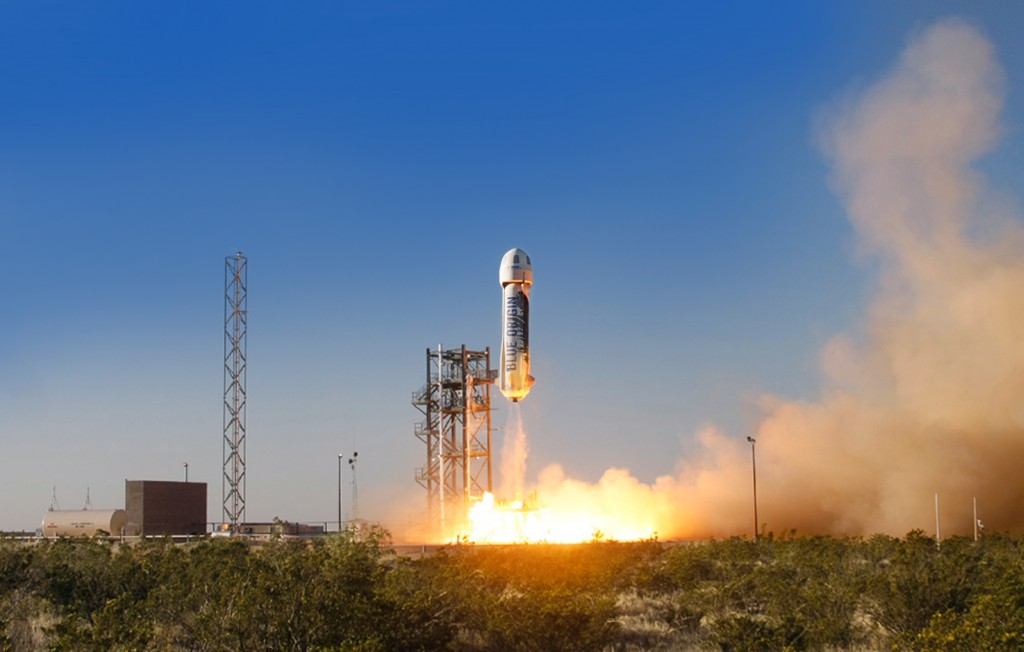Here’s a few stories I’ve recently written and published in Undark magazine, Scientific American, and Hakai magazine. Thanks as usual to my excellent editors! I’m only posting brief excerpts here, so if you’re interested, please check out the whole thing using the links below.
Stay more up-to-date and sign up for my new and improved newsletter, Ramin’s Space!

It’s Time for a New International Space Treaty
With satellite traffic increasing and space tourism set to take off, the laws governing space are due for an overhaul.
Space is much busier than it used to be. Rockets are launching more and more satellites into orbit every year. SpaceX, the private company founded by Elon Musk, blasted more than 800 satellites into space in 2020 alone. Extraterrestrial tourism is about to take off, led by space barons Musk, Jeff Bezos, and Richard Branson, two of whom have already taken their first private space outings. The frenetic activity of space agencies and space companies around the world will extend beyond Earth’s atmosphere, too. Within a few years, the moon will see many more landers, rovers, and even boots on the lunar ground. So will Mars and eventually, perhaps even some asteroids…
Things have changed considerably in the more than half century since international space diplomats hammered out the Outer Space Treaty, the agreement that continues to serve as the world’s basic framework on international space law. Before space conflicts erupt or collisions in the atmosphere make space travel unsustainable — and before pollution irreversibly tarnishes our atmosphere or other worlds — we need a new international rulebook. It’s time for the Biden administration to work with other space powers and negotiate an ambitious new space treaty for the new century…
[Read the entire piece in Undark magazine, published on 22 July.]
Predicting When the Next Bluff Will Fall
Researchers in Southern California are using lidar to improve scientists’ understanding of the erosional forces that cause bluffs to collapse.
In August 2019, three women were relaxing on the beach of Encinitas, California, north of San Diego, when the oceanfront bluff unexpectedly crumbled, showering them with tonnes of sandstone. One of the women, who had been celebrating her recovery from breast cancer, was killed instantly, while her sister and niece later died in the hospital.
That tragic event was neither the first nor the last bluff collapse in a scenic and densely populated, yet precarious, coastal region. Just a few kilometers to the south in Del Mar, a bluff collapsed following a rainstorm in 2016, undermining a busy coastal roadway. Sections of beachside cliffs came crashing down in the area in 2018, too, though no injuries were reported. In February this year, another bluff collapsed—along with the aging sea wall intended to hold it back—about 10 meters from the rail line that links San Diego and Los Angeles and serves nearly eight million passengers and numerous freight trains annually.
Collapsing coastal bluffs are a threat wherever waves, earthquakes, and intense rainstorms can destabilize steep seaside terrain, and with sea levels rising, this risk is increasing. It is a pronounced risk throughout many areas along the Pacific coast of North America, especially in Southern California. Considering that many lives, homes, and vital infrastructure are at stake, scientists have been trying to figure out exactly what causes such cliffs to fall…
[Read the entire story in Hakai magazine, published on 9 July. It was also republished in The Atlantic and Smithsonian magazine.]
New Space Radiation Limits Needed for NASA Astronauts, Report Says
Although meant to minimize risks to human health, the proposed new limits would still be exceeded by any conceivable near-future crewed voyage to Mars.
Astronaut Scott Kelly famously spent an entire year residing onboard the International Space Station (ISS), about 400 kilometers above Earth,and his NASA colleague Christina Koch spent nearly that long “on station.” Each returned to Earth with slightly atrophied muscles and other deleterious physiological effects from their extended stay in near-zero gravity. But another, more insidious danger lurks for spacefarers, especially those who venture beyond low-Earth orbit.
Space is filled with invisible yet harmful radiation, most of it sourced from energetic particles ejected by the sun or from cosmic rays created in extreme astrophysical events across the universe. Such radiation can damage an organism’s DNA and other delicate cellular machinery. And the damage increases in proportion to exposure, which is drastically higher beyond the protective cocoon of Earth’s atmosphere and magnetic field (such as on notional voyages to the moon or Mars). Over time, the accrued cellular damage significantly raises the risk of developing cancer.
To address the situation, at NASA’s request, a team of top scientists organized by the National Academies of Sciences, Engineering, and Medicine published a report in June recommending that the space agency adopt a maximum career-long limit of 600 millisieverts for the space radiation astronauts can receive…
[Read the entire story in Scientific American, published on 14 July.]